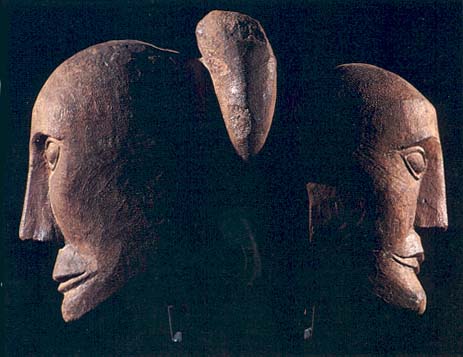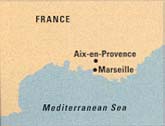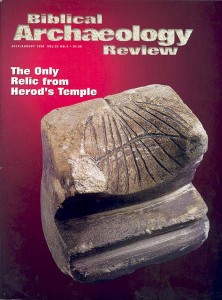
Although today the Celts are usually associated with Ireland, Wales and other areas along Europe’s Atlantic rim, from 1000 B.C. through the end of the first century A.D. they lived all the way from the Iberian Peninsula in the west to Anatolia in the east, and from Scotland in the north to Italy’s Po Valley in the south. This pair of limestone heads was found at the Celtic sanctuary of Roquepertuse, near Aix-en-Provence in the south of France, together with a number of other religious sculptures dating from the third or second century B.C.

Stone sculptures of the Celts that have been unearthed throughout Europe bear a number of similar motifs. Leaf-shaped crowns, like the one shared by these two heads, appear frequently on freestanding sculptures and in low reliefs. The severed head is also a recurring theme in Celtic art: Apparently severed heads, which were carved on friezes, lintels and freestanding pillars, had cultic significance. A column found at the Roquepertuse site even has niches for real human heads.
Already a library member? Log in here.
Institution user? Log in with your IP address.

